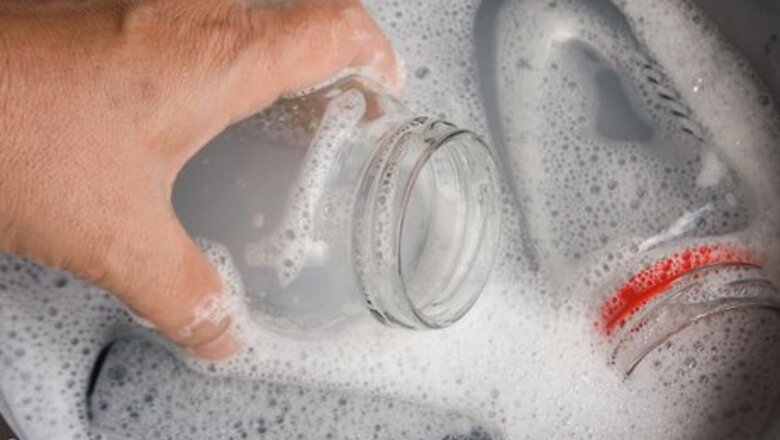
views
Bottling Sauce Using a Hot Water Bath
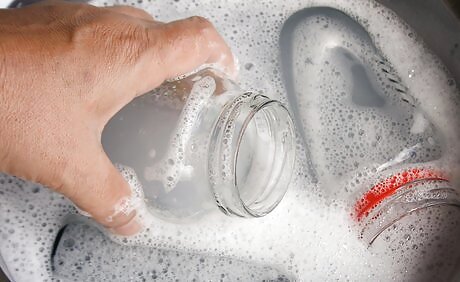
Wash 4 12 fluid ounces (350 mL) bottles with soap and warm water. You’ll want to use lug cap bottles, the type with a wide neck and cap that seals upon bottling, which are available online and at wholesalers who sell canning equipment. Wash and rinse 4 of these bottles, using a bottle brush, water, and dish soap, and set them aside to dry. If you’re unable to find lug cap bottles, you can also use 12 fluid ounces (350 mL) mason jars, they just won’t look as much like sauce bottles.
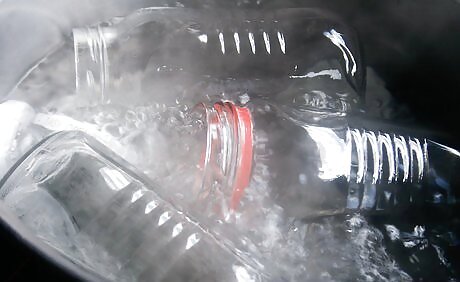
Boil the water for your water bath. You’ll need a pot large enough to fill with water that covers the tops of the bottles by 2 inches (5.1 cm). Be sure to use a bottle rack inside the pot so that the bottoms of the bottles don’t touch the bottom of the pot directly. When filled, your bottles will be completely submerged in boiling water for a length of time that allows the material on the inside of the bottle caps, or plastisol, to adhere to the glass tops of your bottles, creating a vacuum seal. You can buy a water bath canning pot specifically online or from kitchen supply stores, or just use a pot from home that’s deep enough with a lid and rack. Bottling/canning racks can be purchased online and at some kitchen supply stores. Test yours to make sure that it fits your pot before starting your bottling process.
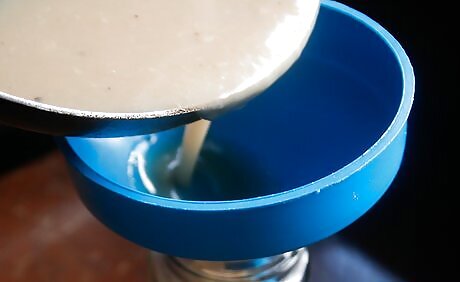
Fill your bottles with sauce using a funnel. Take your sauce and begin to pour it carefully through a clean funnel into your clean bottles, leaving about 0.5 inches (1.3 cm) from the top. Check the bottles for air bubbles and lightly tap the sides and bottoms of your bottles if you see any. If you overpour and leave less than 0.5 inches (1.3 cm) from the top of a bottle, carefully pour some back into the pot and try again until you have left the right amount of space at the top.
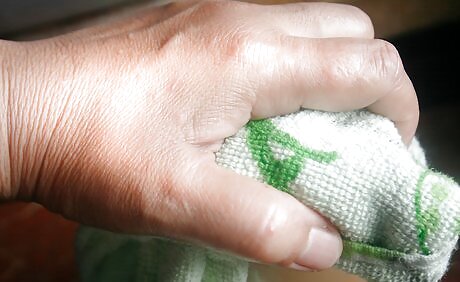
Wipe your bottle rims and cap your bottles. Wipe any sauce from each rim with a clean, damp cloth. Screw your caps onto each bottle, but not tight enough as if you were closing a regular bottle. You want to leave the caps loose enough for venting, or allowing excess air to escape during bottling, but tight enough that the plastisol from the cap comes into contact with the glass rim.
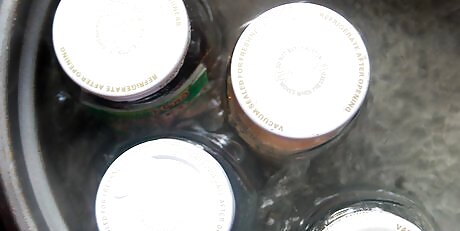
Boil your sauce bottles for 20 minutes for altitudes under 1,000 feet (300 m). Place your full, capped bottles into your hot water bath and bring the water the rest of the way to boiling. Once it’s boiling, set a timer for 20 minutes if you live at an altitude of 1,000 feet (300 m) or less. For altitudes of 1,001–3,000 feet (305–914 m), boil your bottles for 25 minutes. For altitudes of 3,001–6,000 feet (915–1,829 m), boil your bottles for 30 minutes. For altitudes of 6,000 feet (1,800 m) and above, boil your bottles for 35 minutes.

Allow your bottles to cool for 12 to 24 hours then check the seals. After the right amount of time has passed, remove the pot from heat and allow it to cool. You can carefully remove the bottles from the water when it’s cool enough to do so, but then leave them undisturbed for the rest of the 12 to 24 hours. To check if you got a good seal, you should see that the center of the lid is depressed and you can’t push it down. If you didn’t get a good seal, you can still use the sauce, you just have to begin using it promptly, refrigerate it, and use it up within 1 week.

Open your sauce for use within 1 year. Properly canned or bottled goods have a general shelf life of 1 year, meaning they can remain unopened and unrefrigerated for that amount of time. After sauces with low pH or high amounts of vinegar are opened and refrigerated, it’s best to use them within 4 months. After that, they may not be bad necessarily, but the taste can start to change. If you don’t think you can use up all your sauce in a year, give some away as gifts to friends and family. Include a “best by” date on the bottles; they’ll love your homemade gift!
Cooking Homemade Barbecue Sauce
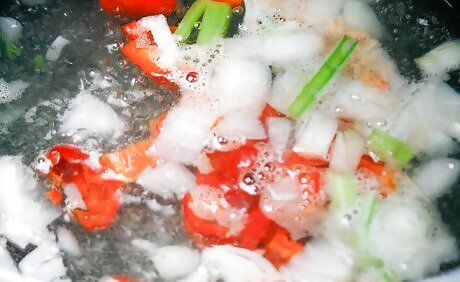
Cook your vegetables for about 30 minutes or until soft. In a pot on the stove, cook your tomatoes, onions, celery, peppers, and garlic on medium heat. Stir them frequently to prevent them from sticking to the pot or burning. Try cooking the vegetables with a lid on the pot for a few minutes at a time to allow the steam to help them cook down more.
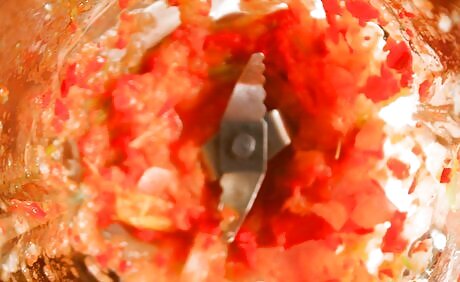
Puree your cooked vegetables in a food processor. Take your cooked vegetables and puree them in a food processor until they’re a mostly liquid mixture. Depending on the size of your food processor, you may need to puree your vegetables in parts to get them all liquified.
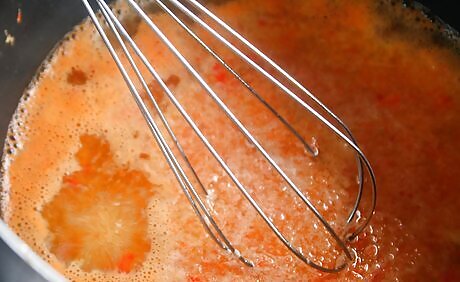
Cook the pureed mixture for 45 minutes. Put this mixture back into your cooking pot and cook it on medium heat for 45 minutes, stirring it frequently to prevent burning. Your mixture will begin to cook down, or get smaller in size.
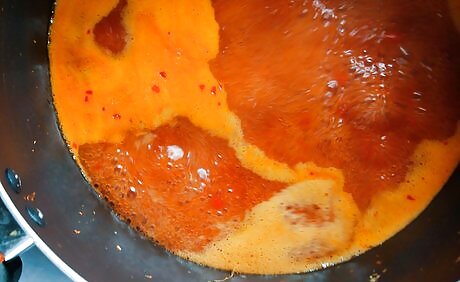
Add your remaining ingredients and cook on low heat for another 1 ½ to 2 hours. Take your black pepper, vinegar, brown sugar, dry mustard, salt, paprika, and ground/liquid hot pepper and add them to your mixture on the stove while stirring it frequently. After 1 ½ to 2 hours, your mixture should be cooked down to about half the size it was when you started, and about the consistency of ketchup.
Cooking Homemade Hot Sauce
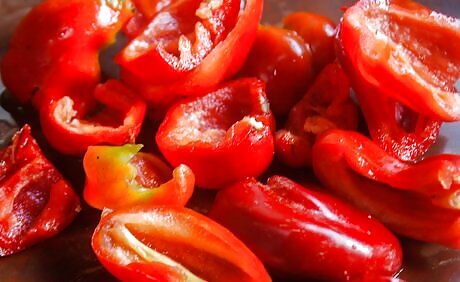
Remove the stems and seeds from your peppers. You don’t have to remove the seeds, but it’s an option if you’d like a smoother consistency to your sauce. Set the peppers off to the side. Remember not to touch your eyes or face while cutting up hot peppers. Use disposable gloves, or wash your hands immediately after cutting peppers.
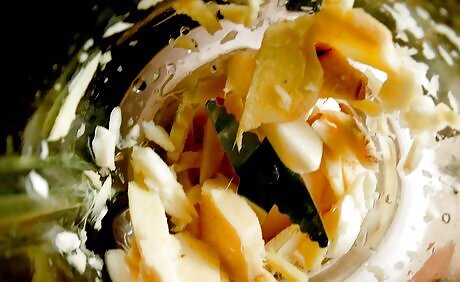
Puree your pears, vinegar, ginger and garlic. Using a food processor, puree your base ingredients first and taste it. The taste should be strong, especially if you’re adding many peppers. Use ripe pears to get a nice juicy base for your sauce.
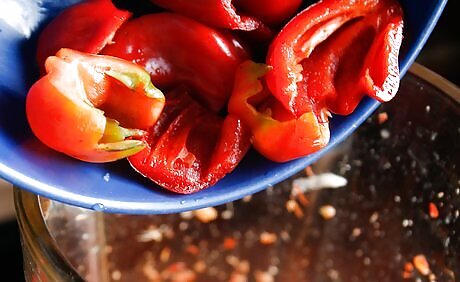
Add peppers according to your preference. Add 10 peppers to your mixture first, puree it, then taste it. Continue adding peppers, up to 40, depending on your heat preference. The more peppers you add, the hotter your sauce will be.
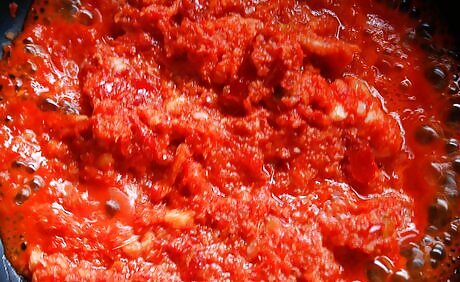
Move your mixture to a pot on the stove and boil it for 15 minutes. Bring your sauce to a boil, and set a timer for 15 minutes. Continuously stir your mixture to prevent it from burning. Once your sauce has boiled for 15 minutes, you’re ready to start the bottling process by filling your bottles.















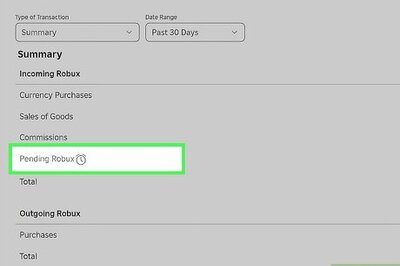

Comments
0 comment